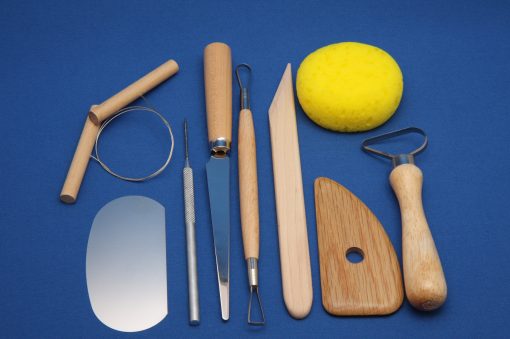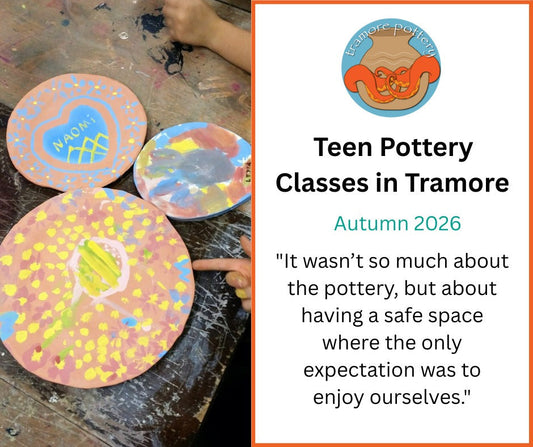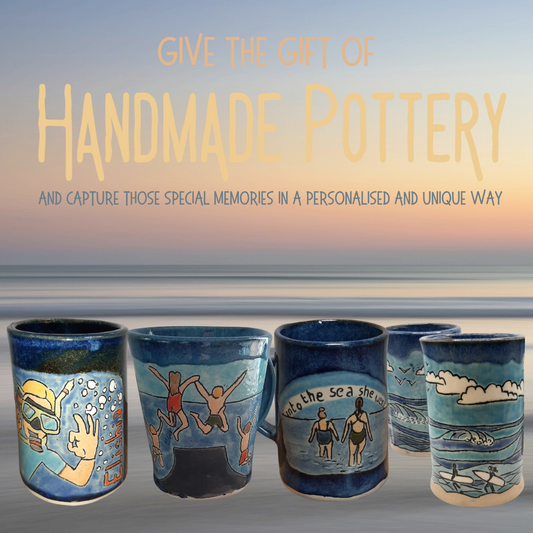5 Essential Pottery Studio Tools and Equipment for Artists

Following on from a previous blog, where I spoke about getting started with pottery making and some of the basic pottery tools and supplies you need, I’m going to explore some of the more professional tools that I find invaluable. Here is a list of the 5 essential hand tools that I use every day in my studio - they are also the most common tools you would get to use if you were to do pottery classes.
Basic Pottery Tools and Supplies
-
Rolling Pin
-
Serrated Rib Tool
-
Rubber Rib Tool
-
Needle Tool
-
Carving tools
Find the Best Pottery Supplies in Ireland
All these tools, and so many more, can be found at any good pottery supplies shop. I always get all my tools and supplies from Morna in DBI Pottery Supplies in Cork. As you explore the art of pottery, remember that quality hand tools, pottery wheels, and supplies are the foundation of your craft. So, whether you're a seasoned ceramic artist or just beginning, these tools will be your companions in shaping and sculpting your vision.other News
Tramore Teen Clay Club: A Hangout Space for Teenagers to Find Calm Through Pottery
Tramore Teen Clay Club: A Hangout Space for Teenagers to Find Calm...
5 Reasons Why Handmade Pottery Makes the Best Gifts
Unique Irish Pottery Creations A handmade gift is a gift with a...



